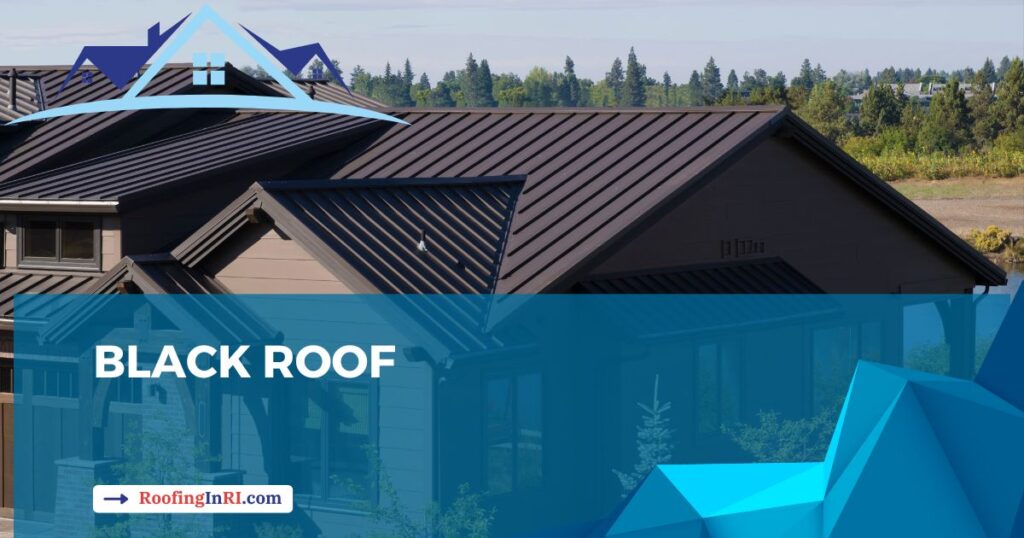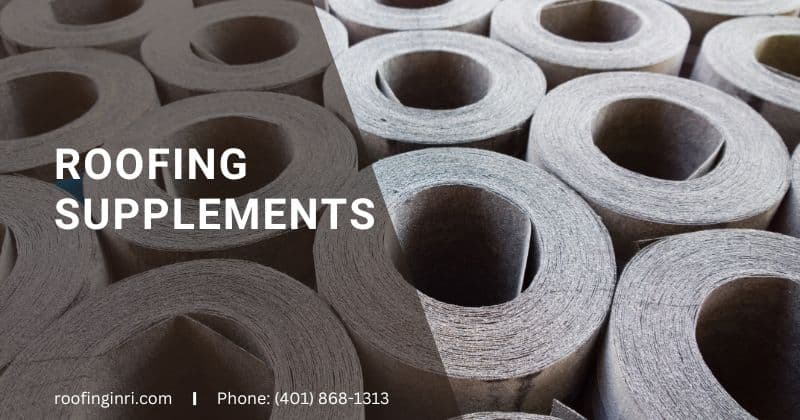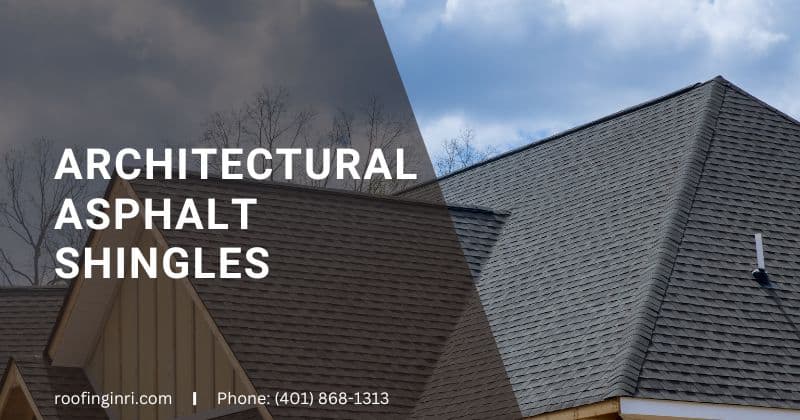Choosing the right roofing material and color for your home is crucial. Among the choices, a black roof often stands out for its classic elegance and sleek appearance. As an expert roofing contractor in Rhode Island, I understand the allure of a black roof but also recognize that it comes with its own set of advantages and disadvantages.
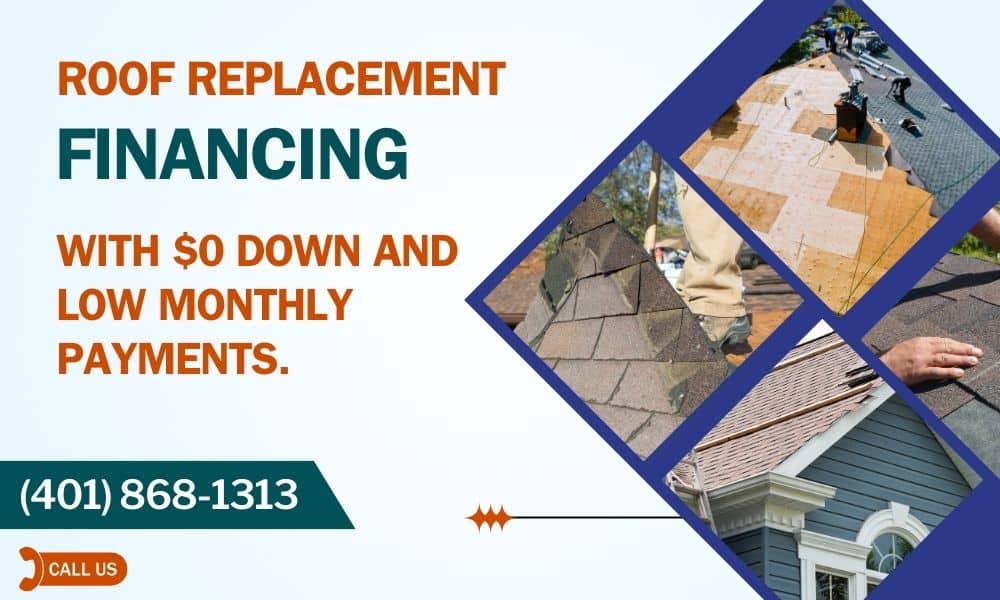
In this post, I will explain the pros and cons of black roofs so you can make informed decisions.
Let’s get started.
Pros of black roofs
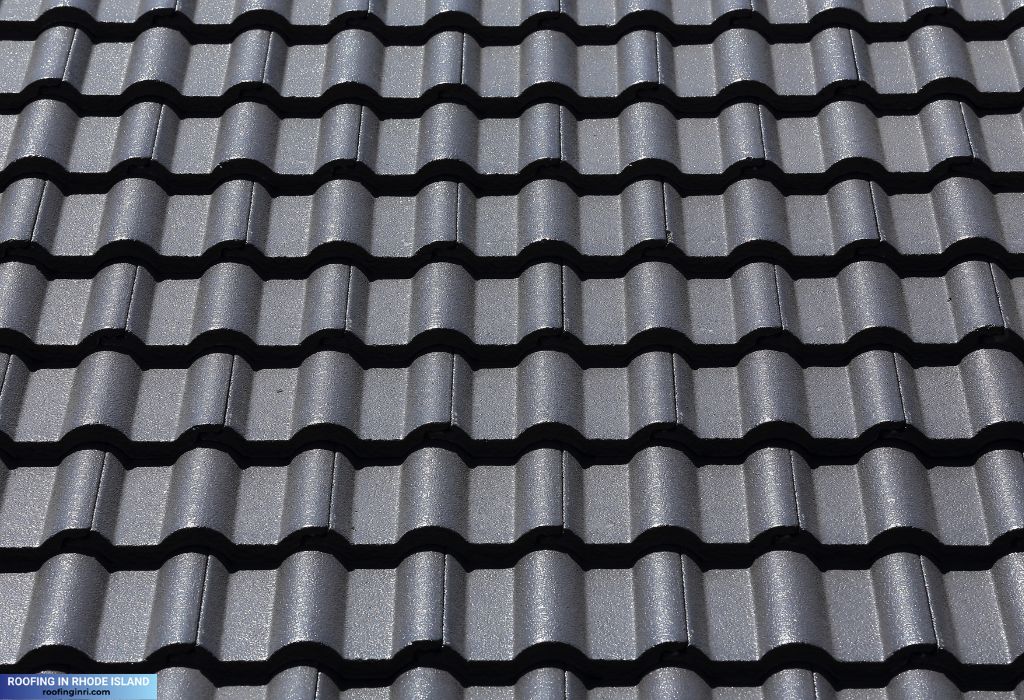
Aesthetic appeal
Black roofs can impart a sense of sophistication and modernity to a home’s exterior.
Heat absorption
Black roofs are excellent at absorbing heat. This can be advantageous in cooler climates or during the winter months, as the absorbed heat helps to melt snow and ice more quickly.
Active and passive ventilation →
Melting snow and ice
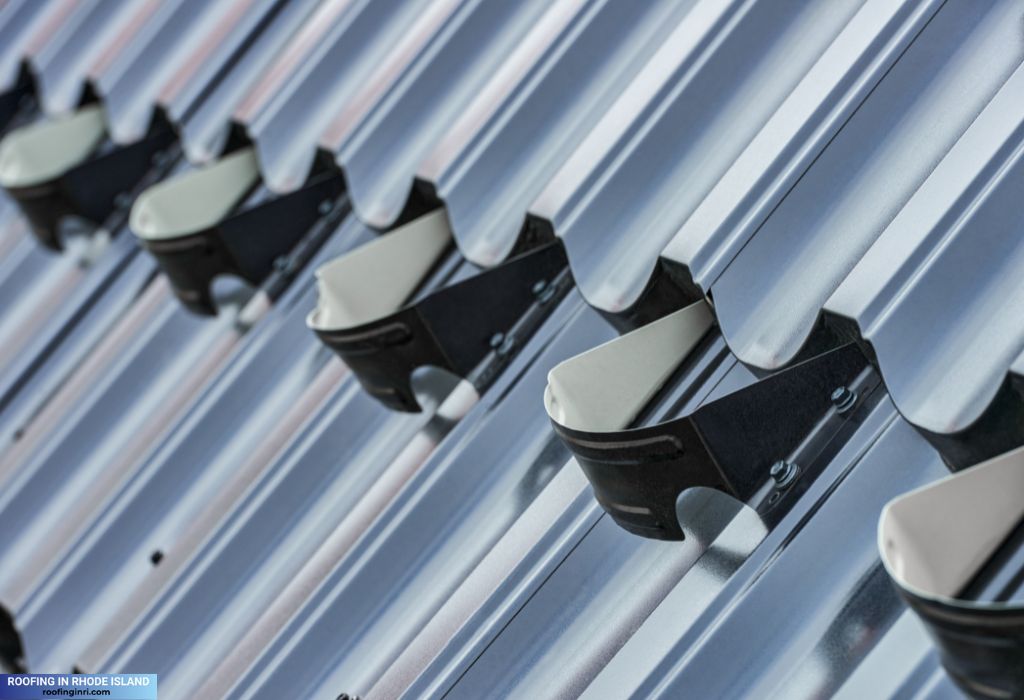
As mentioned earlier, black roofs’ heat-absorbing properties can facilitate the melting of snow and ice.
In regions prone to heavy snowfall, this can prevent the buildup of snow loads.
Black roofs can help maintain the structural integrity of the roof and prevent water damage by boosting snow and ice melting, potentially saving you on repair costs.
Read also: Why do you need an ice and water shield on the roof?
Enhanced solar energy efficiency and lower energy bills
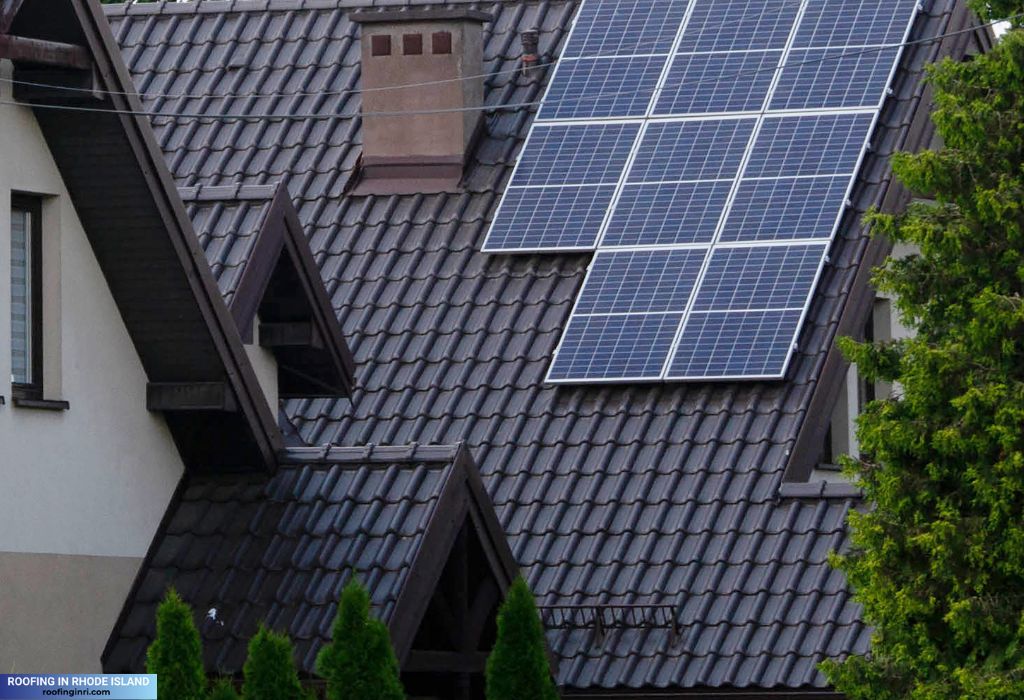
In regions with colder climates, black roofs can help with passive solar heating during winter. The absorbed heat can help warm the interior of the home, reducing the need for additional heating and potentially lowering energy bills.
Energy-efficient roofs: What they are & what to look for →
Camouflaging debris
Black roofs tend to hide dirt, debris, and mildew more effectively than lighter-colored roofs. This can produce a cleaner appearance, requiring less frequent maintenance and cleaning.
Read also: How to clean a shingle roof?
Cons of black roofs
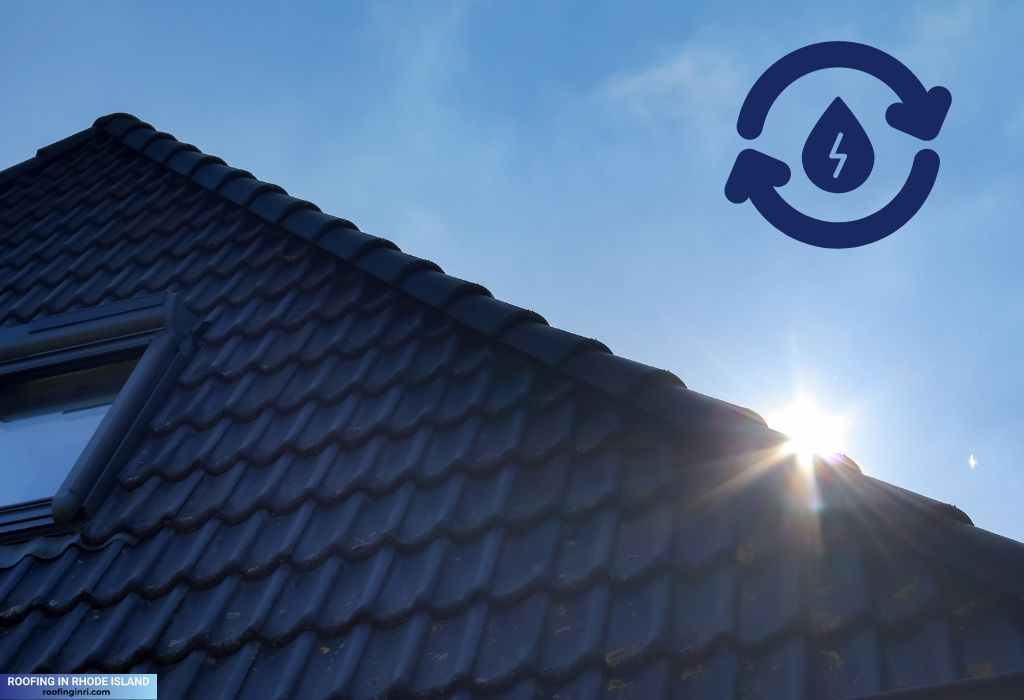
Heat retention
While black roofs excel at absorbing heat, they also retain it. In the summer, this can increase indoor temperatures and higher cooling costs as the heat radiates into the home.
Understanding roof installation →
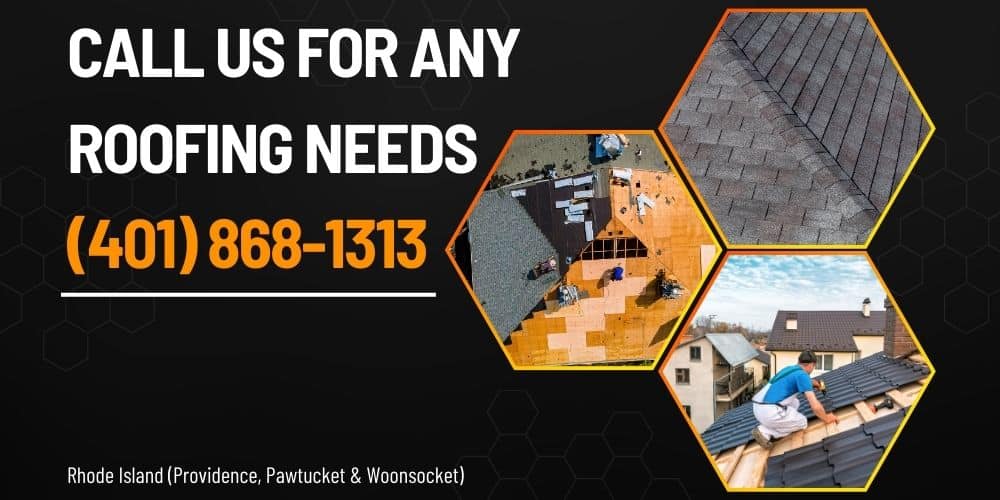
Fading and discoloration
Black roofing materials suffer from fading over time due to exposure to UV rays and environmental factors. This can detract from the roof’s aesthetic appeal and may necessitate more frequent maintenance or replacement.
10 essential tips for roof maintenance and repairs →
Limited color options
Opting for a black roof limits your color palette for exterior elements such as siding, trim, and landscaping. It may require careful coordination to ensure a cohesive and visually appealing overall design.
Typically, when discussing design flexibility in roofing, we refer to the ability to efficiently coordinate the roof color with other exterior elements such as siding, trim, and landscaping.
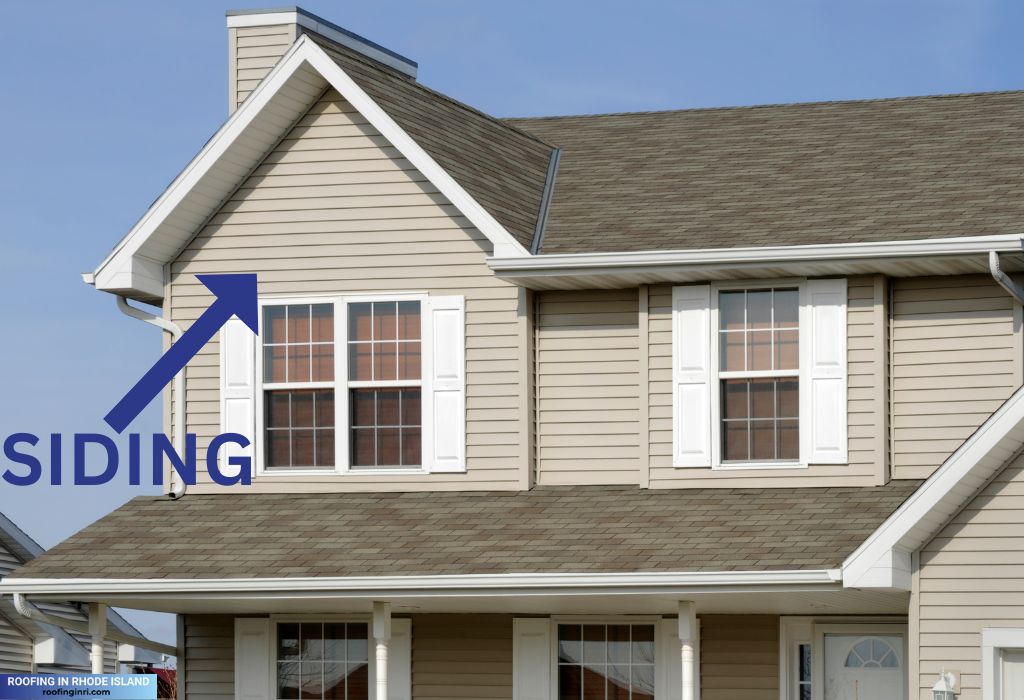
Lighter-colored roofs, such as those in shades of gray, beige, or even white, tend to provide more versatility. You have a wider range of options when selecting complementary colors and creating a cohesive overall aesthetic.
That being said, design preferences are subjective, and some homeowners may specifically desire the striking contrast and modern edge that a black roof can bring to their home’s exterior. In such cases, black roofs can indeed offer a unique and impactful design statement.
Advantages of prefabricated roofing →
Potential for warping
The intense heat absorbed by black roofs can sometimes cause certain roofing materials, such as asphalt shingles, to warp or degrade prematurely.
5 Best roofing shingles brands →
Environmental impact
Black roofs contribute to the urban heat island effect, whereby densely populated areas experience higher temperatures. This can have implications for local climate and energy consumption.
Benefits of EPDM membrane roofing systems →
Increased energy bills in the summer
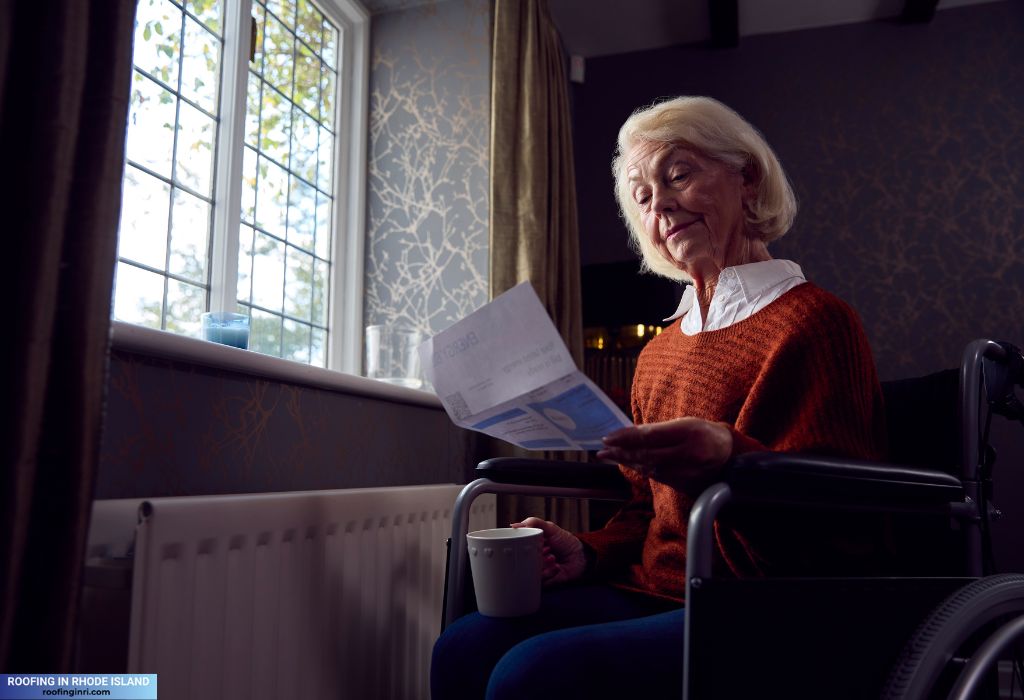
It’s important to note that the energy-saving benefits of black roofs are most pronounced in colder climates or during the winter season when heating demands are highest.
In warmer climates or during the summer, black roofs actually increase cooling costs due to their tendency to absorb and retain heat, leading to higher indoor temperatures and greater reliance on air conditioning.
You may also want to know
#Are black roofs more expensive?
Yes, black roofs can be more expensive than lighter-colored roofs. The cost difference primarily stems from the materials used and the energy efficiency considerations.
For example, black asphalt shingles, a common choice for black roofs, tend to absorb more heat, it can increase wear and tear over time. This might mean more frequent repairs or replacements, adding to the overall cost.

Additionally, certain roofing materials designed to reflect sunlight, such as cool roof coatings or metal roofs with reflective finishes, have a higher upfront cost.
Moreover, installing additional insulation or ventilation systems to mitigate the heat absorption of black roofs can also add to the overall expense. While the initial cost of black roofs may not be significantly higher than that of lighter-colored alternatives, the potential long-term maintenance and energy costs should be considered when making a decision. Consulting with a roofing professional can provide more accurate cost estimates based on specific materials and installation requirements.
#Are black roofs trendy?
Yes, black roofs are considered trendy in certain contexts. The sleek and modern appearance of black roofs has gained popularity in recent years, particularly in contemporary architectural styles and urban environments. Many homeowners are drawn to the bold and sophisticated aesthetic that black roofs can impart to their homes, making them a fashionable choice for exterior design.

However, it’s important to note that trends in roofing, like any other aspect of home design, can evolve over time. While black roofs may be trendy now, it’s possible that preferences could shift in the future.
You should consider your personal style preferences, the architectural character of your home, and the long-term durability and maintenance requirements of black roofs before making a decision based solely on trendiness.
Conclusion
Before you install a black roof, assess the pros and cons against your specific needs, climate, and aesthetic preferences. While black roofs offer undeniable visual appeal and practical benefits such as heat absorption and snow melting, they also come with drawbacks such as heat retention, fading, and limited color options.
The effectiveness of black roofs in lowering energy bills depends on various factors such as insulation levels, home orientation, roof slope, and local climate conditions. While black roofs can offer energy-saving advantages in specific scenarios, you should carefully consider their individual circumstances and climate factors when evaluating the potential impact on energy bills. Consulting with a qualified roofing professional or energy efficiency expert can provide valuable insights into the suitability of black roofs for energy savings in a particular home.
Choose wisely, and your black roof can be a striking and enduring feature that enhances the beauty and character of your home for years to come.

